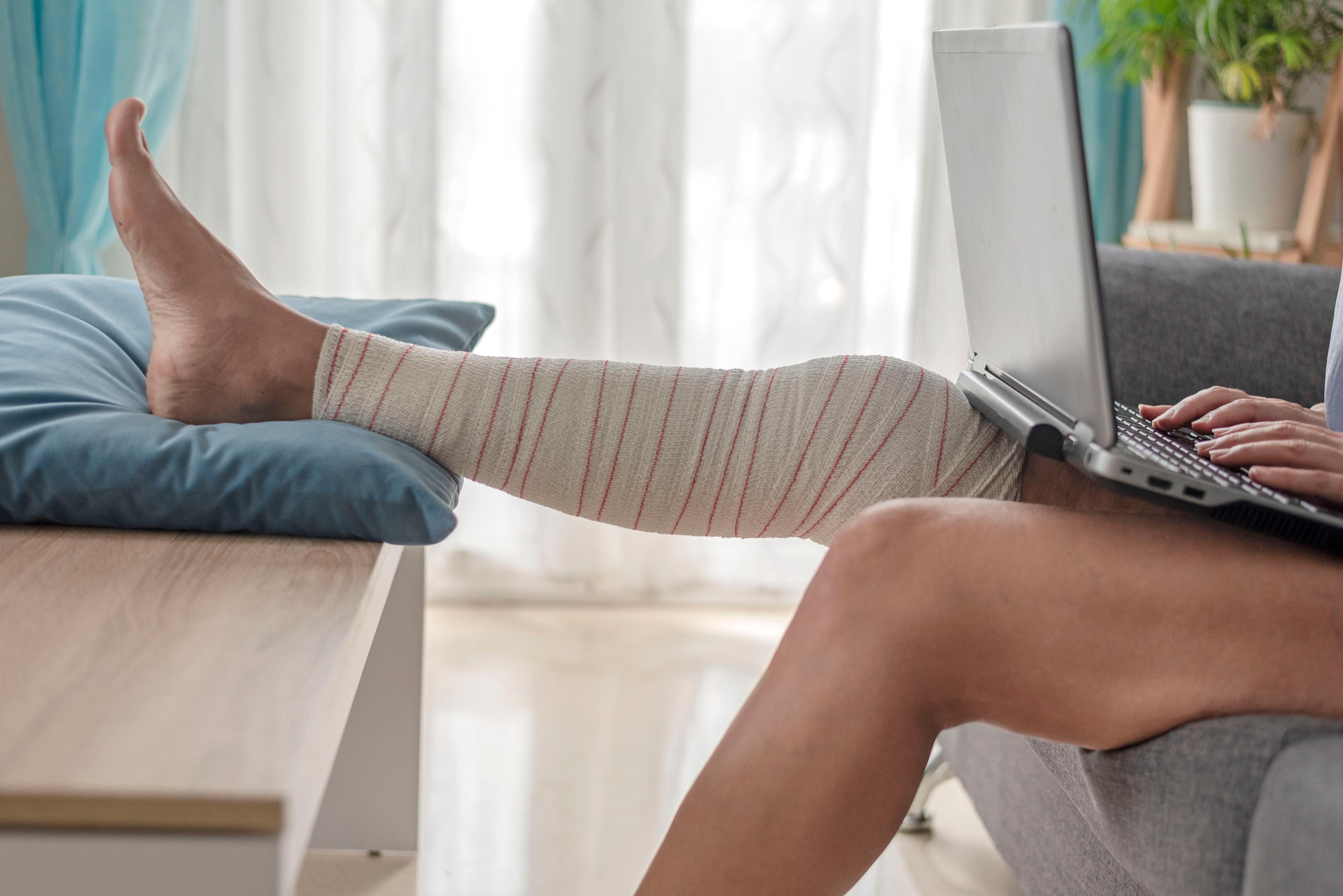Tips to Prevent Shin Splints
A Healthier Michigan
| 2 min read

Shin splints are a common and painful overuse injury or condition usually caused by running, tennis, pickleball, dancing, or other standing exercises. With some mindfulness and preparation, there are self-treatment tips for preventing or minimizing pain from shin splints.
Causes of shin splints
Higher impact activities, most commonly running, are more likely to cause shin splints, according to Mount Sinai. Shin splints are often caused or exacerbated by:
- long durations of high-impact workouts or activities
- changes in activity levels, such as changing from sprinting to endurance running
- running on inclines and elevation changes
- running or exercising on hard surfaces
- frequent starting and stopping of exercise
- flat feet
- poor choice of footwear, or worn-out footwear
Symptoms of shin splints
Shin splints cause irritation, pain, warmth, and discomfort in one or both legs, usually presenting during the exercise or workout causing them. If shin splints are more severe, the symptoms and pain may be felt when you’re not running, standing, or working out. The pain and discomfort may make the activity no longer enjoyable or comfortable for you.
Shin splint treatment
Since shin splints are an overuse injury, the first course of action is a period of rest from the activity. Take two to four weeks off from the activity and replace it with a lower-impact activity that does not make the shin splints worse, according to Mount Sinai.
Rest, ice, and over-the-counter pain treatments are also recommended for shin splints, according to the Mayo Clinic, but if these aren’t enough to quell the symptoms, you should consult with your care team.
Tips for preventing shin splints
Shin splints most often manifest at the beginning of a new training regimen or sport and increase with the intensity or duration of exercise. Knowing some of the risk factors can help you get ahead of shin splints. Here are tips for preventing shin splints before they take over your workout and change your schedule:
- stretch before and after running or exercising – especially your calves and your hamstrings
- make sure to wear the right shoes for the exercise you are doing and replace running shoes every 300-500 miles
- if you have flat feet, use arch supports or inserts
- add strength training to your regimen
- don’t do too much too soon – make sure you have a healthy amount of rest between exercises





